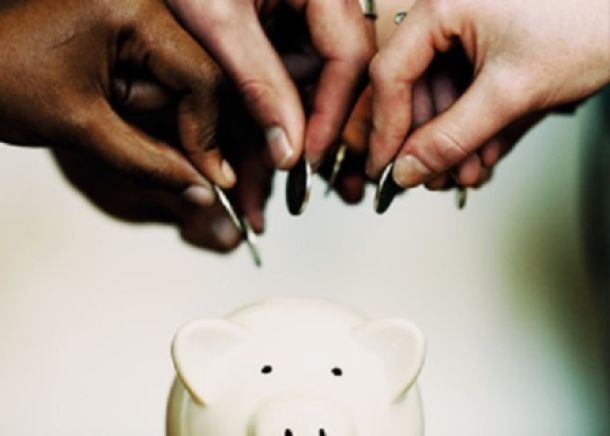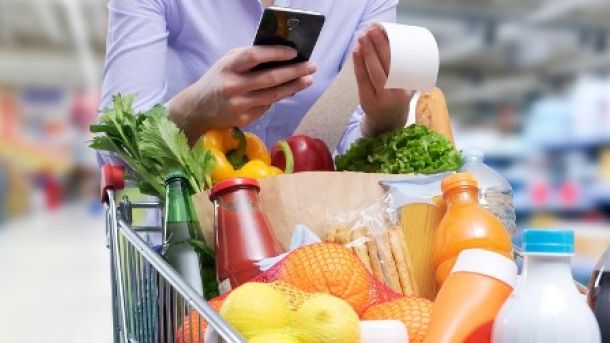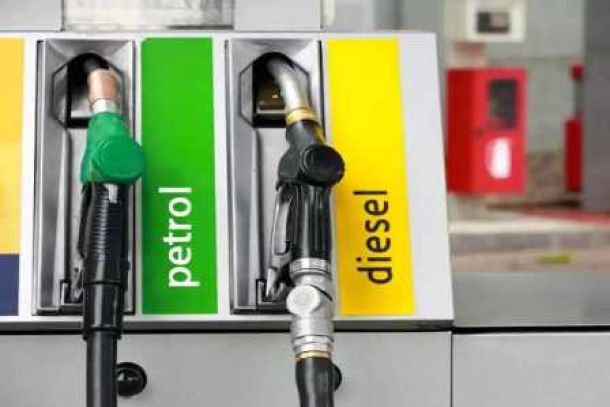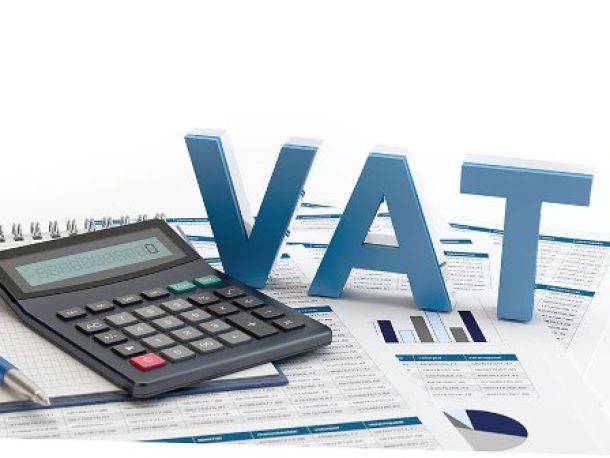How the VAT hike has hit food prices in South Africa
The Pietermaritzburg Agency for Community Social Action (Pacsa) has published its Food Barometer for April 2018, showing the impact of the VAT hike to 15% on food prices – and how it affects the country’s most vulnerable.
According to Pacsa, the increase of VAT from 14% to 15% translated to a 6.5% jump in the VAT paid on the group’s nutritional basket, which comprises the food items needed to provide an adult with a nutritionally complete diet.
Between March 2018 and April 2018, the actual price of food (excluding VAT) decreased by R9.22 – but with the VAT hike included, the net increase was R4.27. The isolated VAT component totalled R221.59 (up by R13.49) – an increase of 6.5%.
Put into greater context, Pacsa showed the difference in VAT between September 2017 and March 2018 (before the VAT hike) and April 2018 (after the VAT hike).
Between September 2017 and March 2018, VAT on the Pacsa basket increased 5.5%, showing only a R10.77 increase (5.5%) over the period.
However, between September 2017 and April 2018, the VAT increase was R24.26 – an increase of 12.3%.
“Even if we confine our analysis of the VAT hike to food in the trolley at a particular moment in time – and ignore all the other myriad factors that influence the real cost of putting food on the table and all the competing expenses which take money out of the food budget – households living on low incomes are highly exposed to VAT on food,” Pacsa said.
And it’s only going to get worse, the group warned.
“The impact of VAT for the majority of households living on low incomes is not negligible now and nor will it be negligible in the future as the VAT increase works itself through the food value chains. Households living on low incomes are highly exposed to VAT,” it said.
Rising food prices
While South Africa is currently experiencing inflation rates on the lower have of the mandated range, food prices have climbed significantly over the past six months.
The cost of the Pacsa food basket (for a family of seven) has climbed to R3,144 in April 2018, from R2,886 recorded in September 2017 – an increase of 9%.
From March 2018 to April 2018 (before and after the VAT hike), prices have increased marginally (up 0.3% from R3,104), but that’s an increase, despite lower inflationary pressure.
For a nutritionally complete basket of food, the group says a family of seven would need R4,203 a month.
Working on a family of five people (3 adults and 2 children – who would need R3,036 a month for food), Pacsa has compiled the following affordability tables, showing how various lower-income households would cope with the new VAT rates.
News Category
- International retailers
- On the move
- Awards and achievements
- Legislation
- Wine and liquor
- Africa
- Going green
- Supplier news
- Research tools
- Retailer trading results
- Supply chain
- Innovation and technology
- Economic factors
- Crime and security
- Store Openings
- Marketing and Promotions
- Social Responsibility
- Brand Press Office
Related Articles

Empowering South African households through gro...

SPAR shares practical tips to beat food inflation

South African motorists could be paying up to R...

Big VAT changes on the cards


